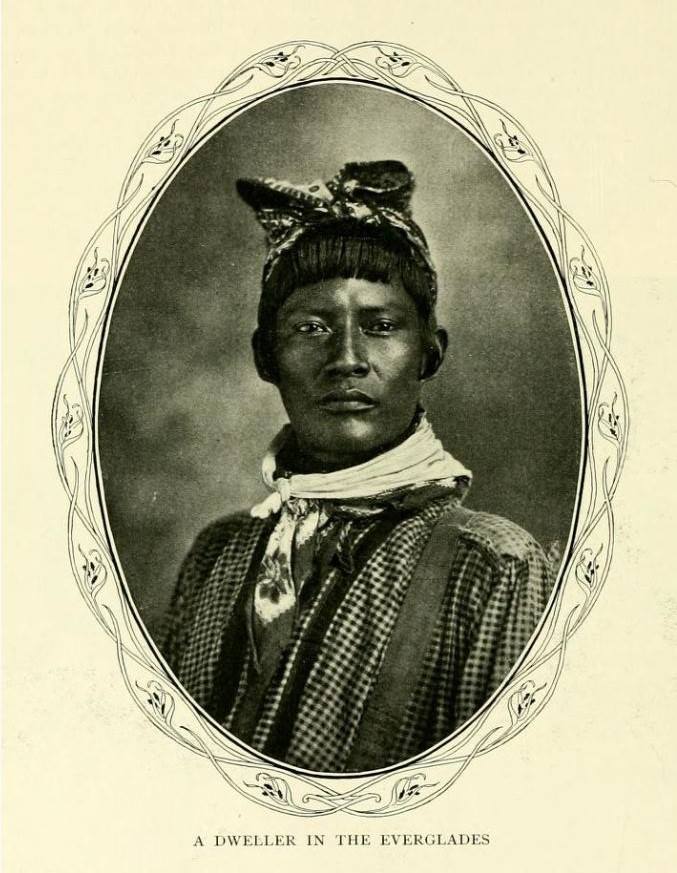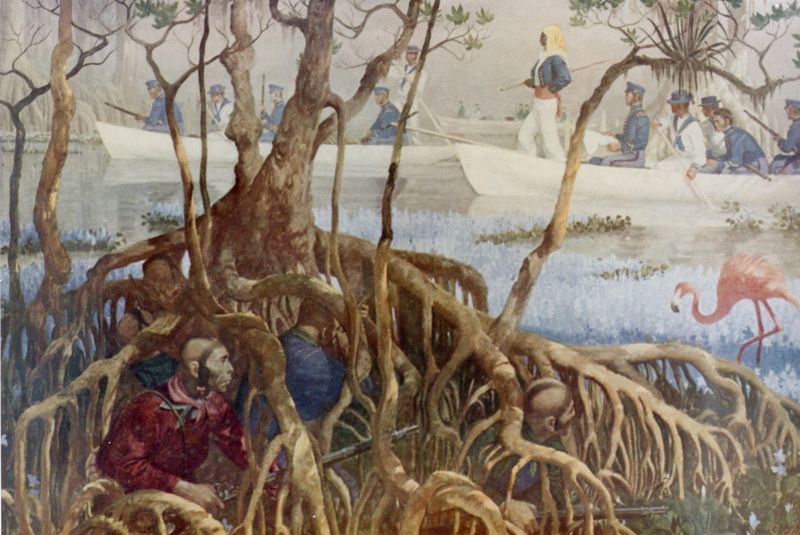ChazzCreations Limited
© 1974-2024 ChazzCreations.com A Non~profit Organization. Over 45 years of Family Genealogy Research. Pictures may be used or copied with the hopes that it keeps the family history going to the next generation...
ChazzCreations
PO BOX 1909
POST FALLS, ID 83877
- Family Genealogy Research
- Contact Us
- Thomas~Shaw~Langston~Scott~Roberts~Dell: Family Connections
- Isham B. Thomas Family History
- Shaw Family History
- Benjamin Thomas Shaw Family History
- Shaw Farms
- Matilda Eva Shaw~Waters~Mixon~Novak
- Joseph Shaw & Lick Skillet ~ Cohutta ~ Red Clay Georgia
- Dell Family of Alachua County
- Kicklighter Genealogy
- Langston Family Ties
- Roberts Family History
- Scott Family Connection
- City of Odum, GA (son of Mary Thomas & James Odum)
- Thomas: William Matthew & Avoy A. Thomas Connection
- Thomas: Rowland Thomas Family of Alachua
- Thomas & Douglas Cemetery, Alachua
- Rimes~Dekle~Rivers~Ulmer~Cone: The Family Connections
- Waters~Barron~DeLoach~Fugate~Gornto~Townsend: Connections
- Waters & The Florida Rail System
- Military Service: Family History
- 1700's Quit Rent
- French & Indian War 1754-1763
- The Revolution War 1775 -1783
- War of 1812
- CSA: Family Connections
- CSA: Florida
- CSA: Officers
- CSA: The Four Lee's
- CSA: Pictures of the War
- CSA: Navy
- The Civil War: 150 years later
- The Seminole Wars
- Spanish American War
- World War I
- World War II
- Korean War
- Vietnam Era
- New Generations in the Military
- Funeral Notices
- Family, Marriage & Cemetery Links
- Florida History
- Florida Pictures
- City of Alachua
- Alachua County History
- Alachua County Historic Towns
- Alachua County Historical Homes
- Alachua County Significant County Buildings & Sites
- Gilchrist County
- Union County (Rimes~Dekle)
- My Miami Dolphins
- Grandchildren's Site
- Award Winning Photography
- Robert Brewer & Dunham Family History Conections
- Warren H. Folks
- Flanagan Family History
- Gerald Lemuel Mixon
- Mize Genealogy
- John Aleis Mize Family History
- Mize Hazel Green Homestead
- Hazel Green Academy History
- Hazel Green-Bowling Green-Mize, KY Pictures
- Wolfe County & Kentucky Statehood History
- The Sigma Chi Fraternity
- Hazel Green Cemetery
- Cockrell Family History
- Oldham Family History
- Rose Family History
- Swango Family History
- Swope Family History
- Tipton Family History
- Trimble Family History
- Walker Family History
- WindWalkerWaters Spiritual Wisdom
The Seminole Wars
SEMINOLES: A PEOPLE WHO NEVER SURRENDERED
By 1868, the refugee tribal bands were finally able to settle in the area that is known as the Seminole Nation. For the first time in 75 years they had a chance of establishing tribal solidarity. Their council house was built at Wewoka, designated capital of the Seminole Nation. When the Seminole people made their last settlement in Indian Territory, eight tribal square grounds were established in different parts of the nation where the old ceremonials, dances and ball games were held. Two of these square grounds were known as Tallahasutci or (Tallahasse) and Thliwathli or (Therwarthle). There is still a loose organization of the twelve Seminole "towns" or "bands" that were organized for political and geographical reasons in re-establishing the tribal government that had formerly existed in Florida.

Billy Bowlegs & His Chiefs
Nathan Gornto served as a private under Capt. Robert D. Bradley in the 13th Regiment Florida Militia, Dec. 28, 1837, to Feb. 11, 1838, in the 2nd Indian War. His sons, Elijah D. and David were also privates in the same company.
Numerous Cone family members were in The War of 1812, The Rev War, The Seminole Wars (1857 Muster Rolls of William's company of mounted volunteers, three of the Cone brothers are described as: William Haddock - 33 years old, 5' 11", blue eyes, light hair and a farmer. Charles Floyd - 23 years old, 6', blue eyes, dark hair and a farmer. James Barnard - 28 years old, 6' 1", blue eyes, red hair and a farmer).
The Florida Wars, by Virginia B. Peters "... Captain W.H. Cone, with 115 men, surprised a party of Indians, killed one warrior, and captured eighteen women and children along with large quantities of provisions. No Americans were killed in this encounter but many of the men came out of the swamps ill and exhausted."
The Billy Bowlegs War, 1856-58: The Final Stand of the Seminoles Against the Whites, by James W. Covington, 1982 "In November, Captain William Cone and a force of militiamen mostly from Columbia and Alachua Counties, moved into the area west of Okaloacoochee Swamp and south of Fort Doane and struck the first heavy blow felt by Billy Bowlegs and band. With experienced woodmen leading the way, the small force followed an Indian trail and discovered on November 19, 1857, a cluster of dwellings and some unforewarned Seminoles. The two guards put up a fight and were killed but the others, including the one wounded warrior, five women and thirteen children, were captured. Several nearby villages containing as many as forth dwellings and stores of corn, rice and pumpkins were destroyed. Proof that the Indians were from Bowleg's band was seen among the captured items fifty bushels of corn, one hundred bushels of rice, some oxen, and hoes and assorted items belonging to Billy Bowlegs - - a suit, an 1852 tintype showing Billy in Washington, a shotbag and a turban. Heartened by their success, the militiamen pushed their way through the maze of cypress trees along the Okaloacoochee and were able to inflict more damage. On the day following the capture of the Seminoles, a field containing corn, pumpkins and rice was discovered and laid waste. It took much strength and endurance to wade through the waist deep water and push through the heavy growth of grass, trees and bushes. At night, the men climbed into trees and slept just a short distance above the water. The fatigue was so great that eighteen men found the struggle too much for them on the first day and on the following day, sixty-two were forced to turn back. The remained followed a trail along the river and discovered twelve sunken dugouts. Looking about they discovered a village and some unsuspecting Seminoles cooking their meal. A wild charge carried the soldiers into the cluster of homes and two Seminoles were killed in the melee. One old Seminole named Tigertail vowed that he would never leave Florida alive and although carefully watched, was able to steal, crush and devour a glass bottle at Punta Rassa. He had kept this word and died on the Florida sand. Cone's raid was the first really effective blow struck at the well-concealed Mikasiuki band and the Seminoles vowed their revenge. They followed the militiamen along their return route to Depot Number One and attempted to ambush them, but without success. On November 26, a herd of horses grazing in Billy's garden situated about one mile's distance from Depot Number One was attacked by the Indians and thirty-six of the animals killed."
Brief History Of The Seminole Wars

After the American Revolution (1776-1783), Spain regained control of Florida from Britain as part of the Treaty of Paris. When the British evacuated Florida, Spanish colonists as well as settlers from the newly formed United States came pouring in. Many of these new residents were lured by favorable Spanish terms for acquiring property, called land grants. Even Seminoles were encouraged to set up farms, because they provided a buffer between Spanish Florida and the United States. Escaped slaves also entered Florida, trying to reach a place where their U.S. masters had no authority over them.
Instead of becoming more Spanish, Florida increasingly became more "American."
The First Seminole War:
Back when Britain controlled Florida, the British often incited Seminoles against American settlers who were migrating south into Seminole territory. These old conflicts, combined with the safe-haven Seminoles provided black slaves, caused the U.S. army to attack the tribe in the First Seminole War (1817-1818), which took place in Florida and southern Georgia. Forces under Gen. Andrew Jackson quickly defeated the Seminoles. Finally, after several official and unofficial U.S. military expeditions into the territory, Spain formally ceded Florida to the United States in 1821, according to terms of the Adams-Onís Treaty.
As soon as the United States acquired Florida, it began urging the Indians there to leave their lands and relocate along with other southeastern tribes to Indian Territory, present-day Oklahoma. Some Seminole leaders signed a treaty in 1832, and part of the tribe moved. But other Seminoles refused to recognize the treaty and fled into the Florida Everglades.
The Second Seminole War:
The Treaty of Payne's Landing, signed by a small number of Seminoles in May 1832, required Indians to give up their Florida lands within three years and move west. When the U.S. Army arrived in 1835 to enforce the treaty, the Indians were ready for war.
As Major Francis Dade marched from Fort Brooke toward Fort King, 180 Seminole warriors led by Micanopy, Alligator and Jumper attacked. Only one man of that army detachment survived the ambush.
The campaigns of the Second Seminole War were an outstanding demonstration of guerrilla warfare by the Seminole. The Micos Jumper, Alligator, Micanopy and Osceola, leading less than 3,000 warriors, were pitted against four U.S. generals and more than 30,000 troops.
The Second Seminole War (1835-1842), usually referred to as the Seminole War proper, was the fiercest war waged by the U.S. government against American Indians. The United States spent more than $20 million fighting the Seminoles. The war left more than 1,500 soldiers and uncounted American civilians dead. And the obvious duplicity of the U.S. government's tactics marred Indian-white relations throughout the country for future generations.
As the hostilities dragged on, frustrated U.S. forces increasingly turned to desperate measures to win the war. For example, Osceola was captured and imprisoned when he met with U.S. troops who had called for a truce and claimed to want to talk peace.
With Osceola in prison, the United States was confident the war would end soon. But it did not. Although Osceola died in prison in 1838, other Seminole leaders kept the battle going for a few more years.
In 1842, a nominal end to the hostilities arrived, though no peace treaty was ever signed. By this time most Seminoles had been moved from Florida, relocated to Indian Territory – today’s Oklahoma.
The Third Seminole War
A Third Seminole War broke out in 1855, when conflicts -- largely over land -- arose between whites and some Seminoles who remained in Florida. Constant military patrols and rewards for the capture of Indians reduced the Seminole population to about 200 when the Third Seminole War ended in 1858.

1875-78... Black Horse, wife and child, confined in Fort Marion, St. Augustine

1884

1887


1905 Century Magazine, article on The Everglades

Shirt-tail Charlie
 Seminole women washing clothes_Everglades
Seminole women washing clothes_Everglades



Florida Seminole Wars 1792 - 1859  Seminole Chief Osceola Drawing by George Catlin 1838
Seminole Chief Osceola Drawing by George Catlin 1838

Coeehajo Chief 1837

Seminole Woman

Florida Seminole Wars Map

Florida Seminole Wars Reinactment

Florida Seminole Wars Reinactment
Florida Seminole Wars 1792 - 1859

Osceola seized

Billy Bowlegs

Billy Bowlegs

Billy Bowlegs

Florida Seminole Wars: Everglades

Seminole Indians
© 1974-2024 ChazzCreations.com© © All rights reserved
ChazzCreations
PO BOX 1909
POST FALLS, ID 83877